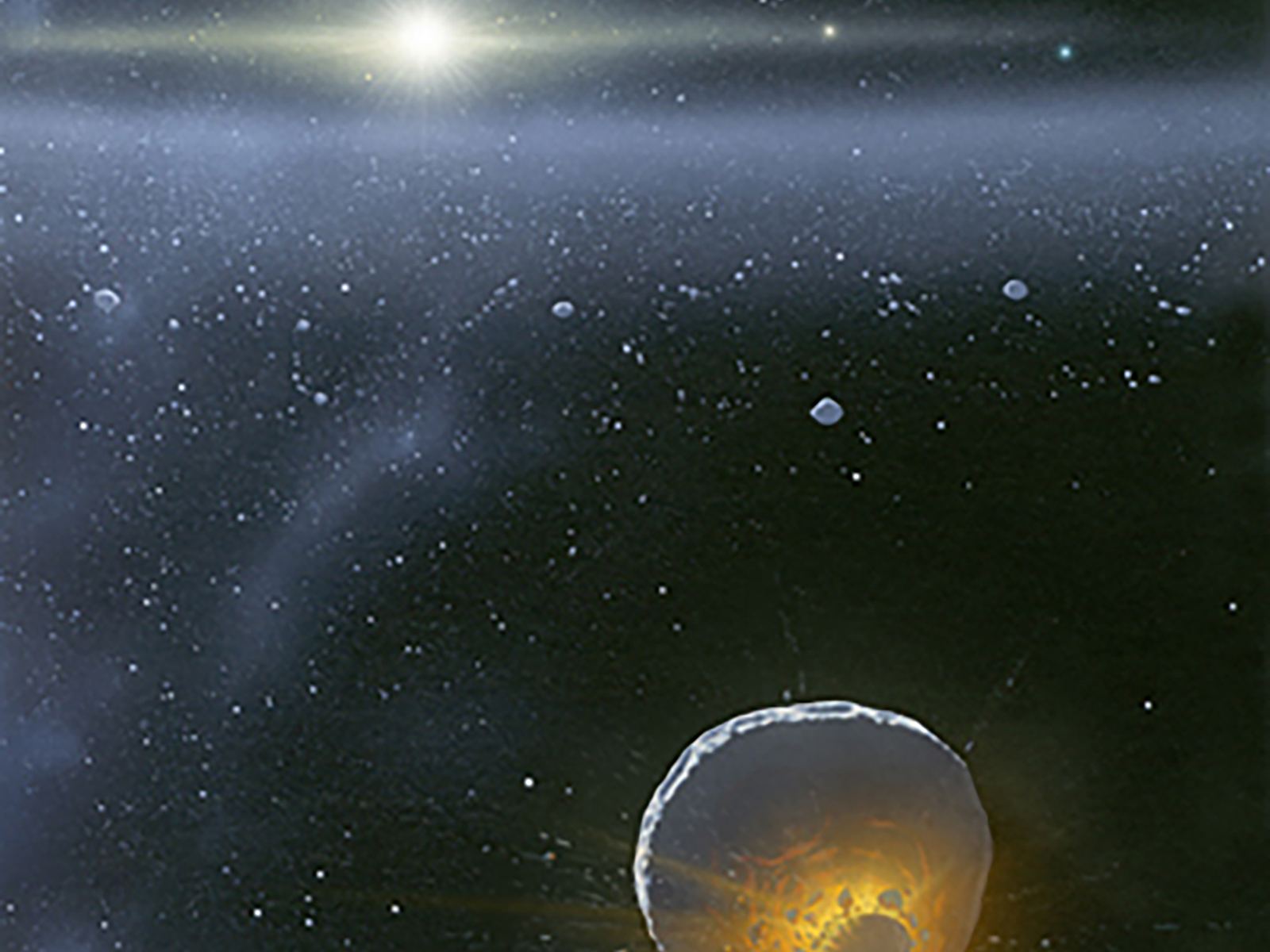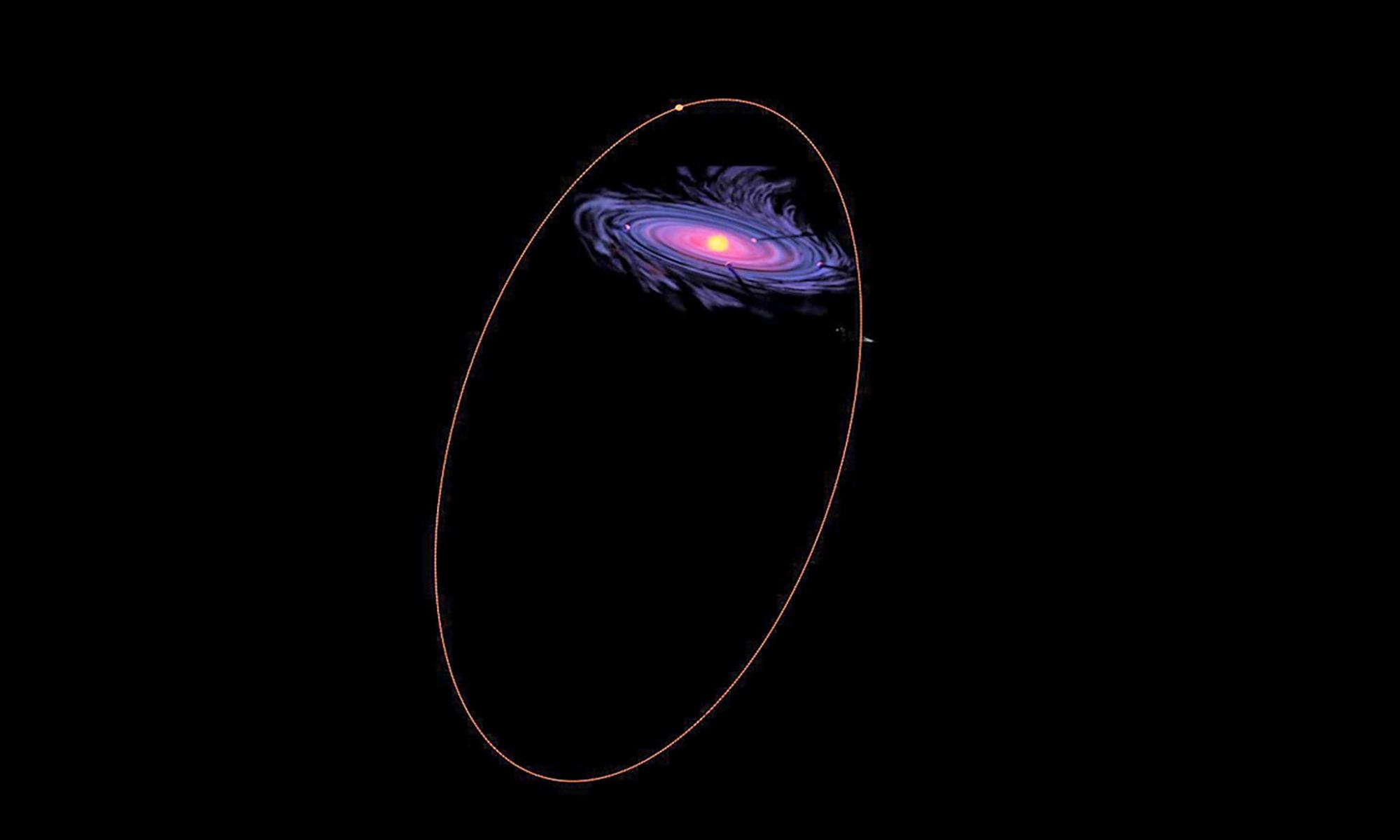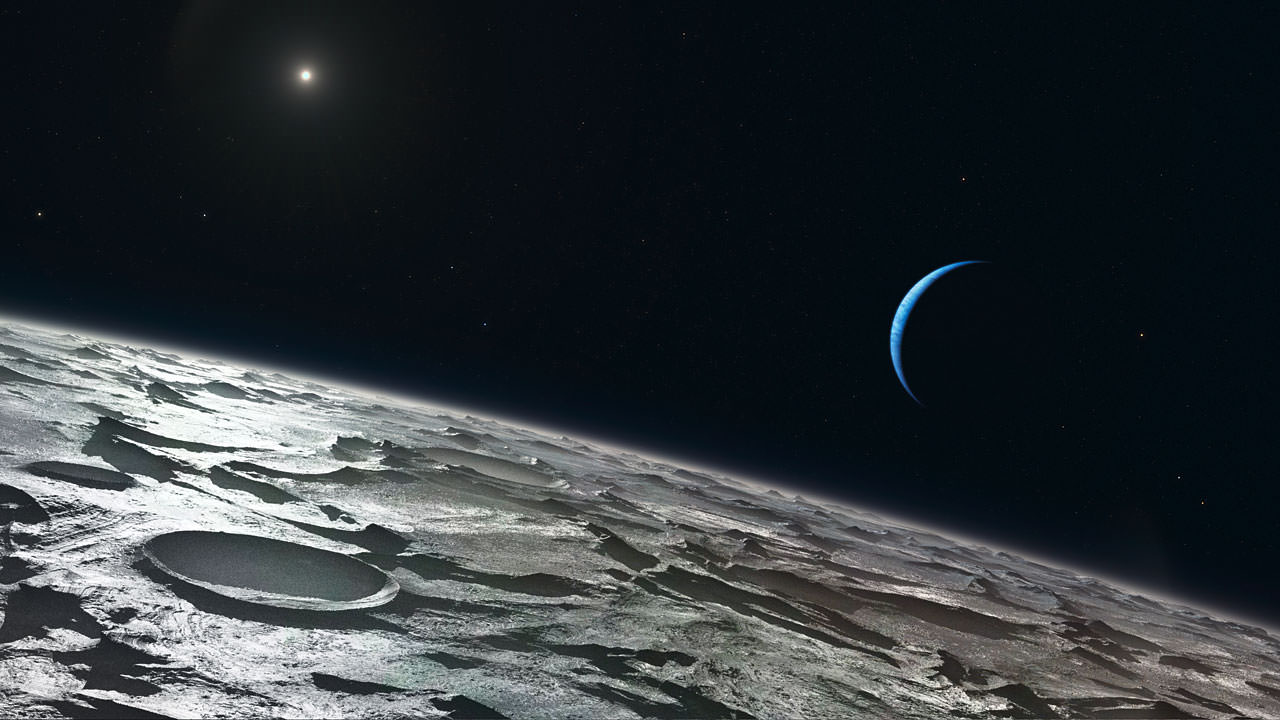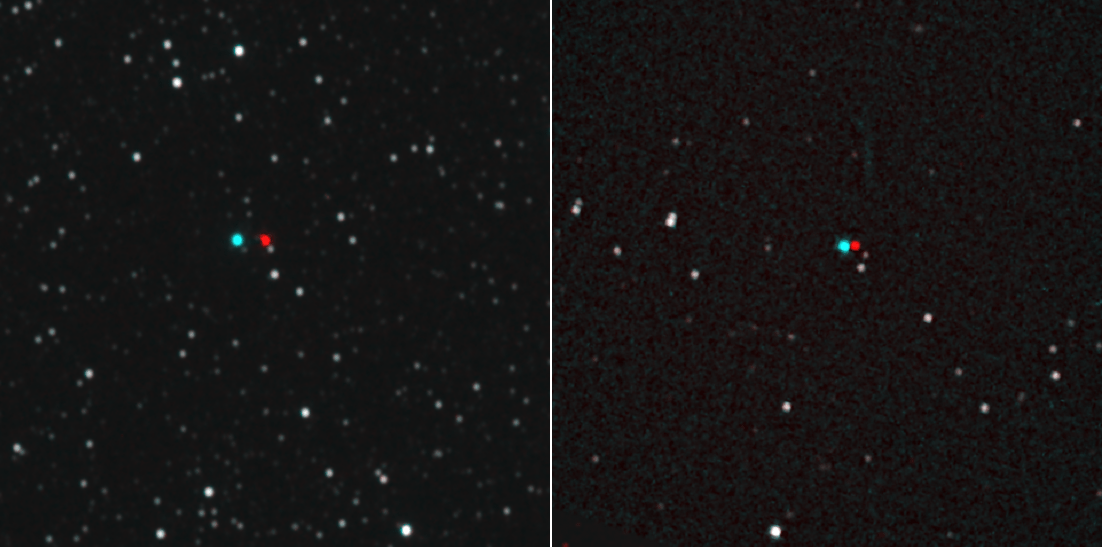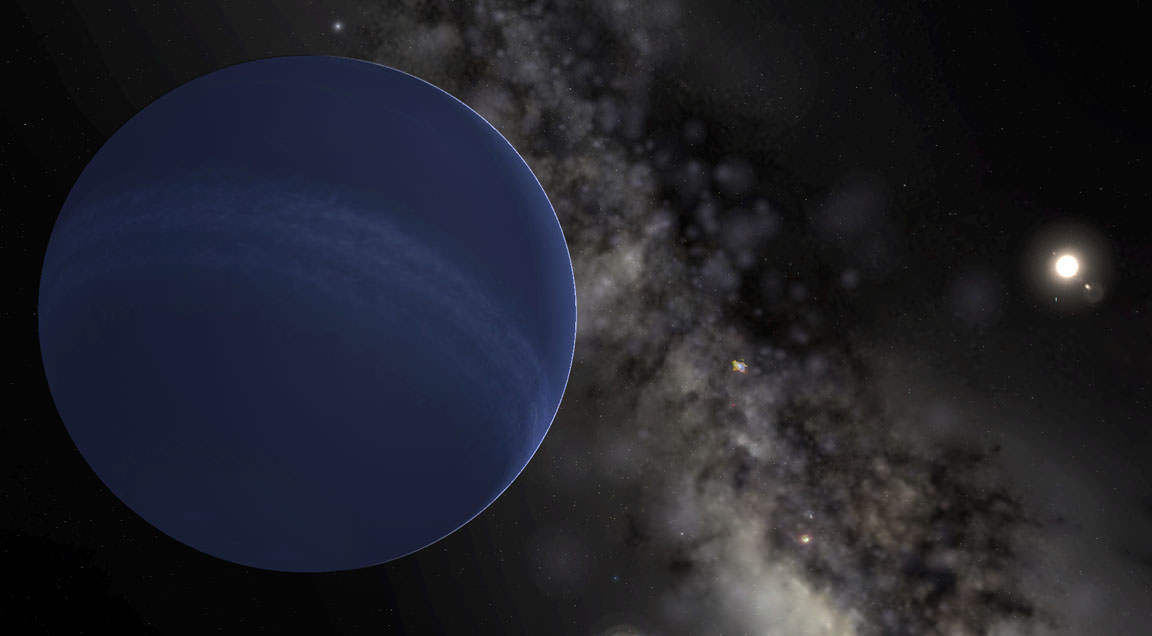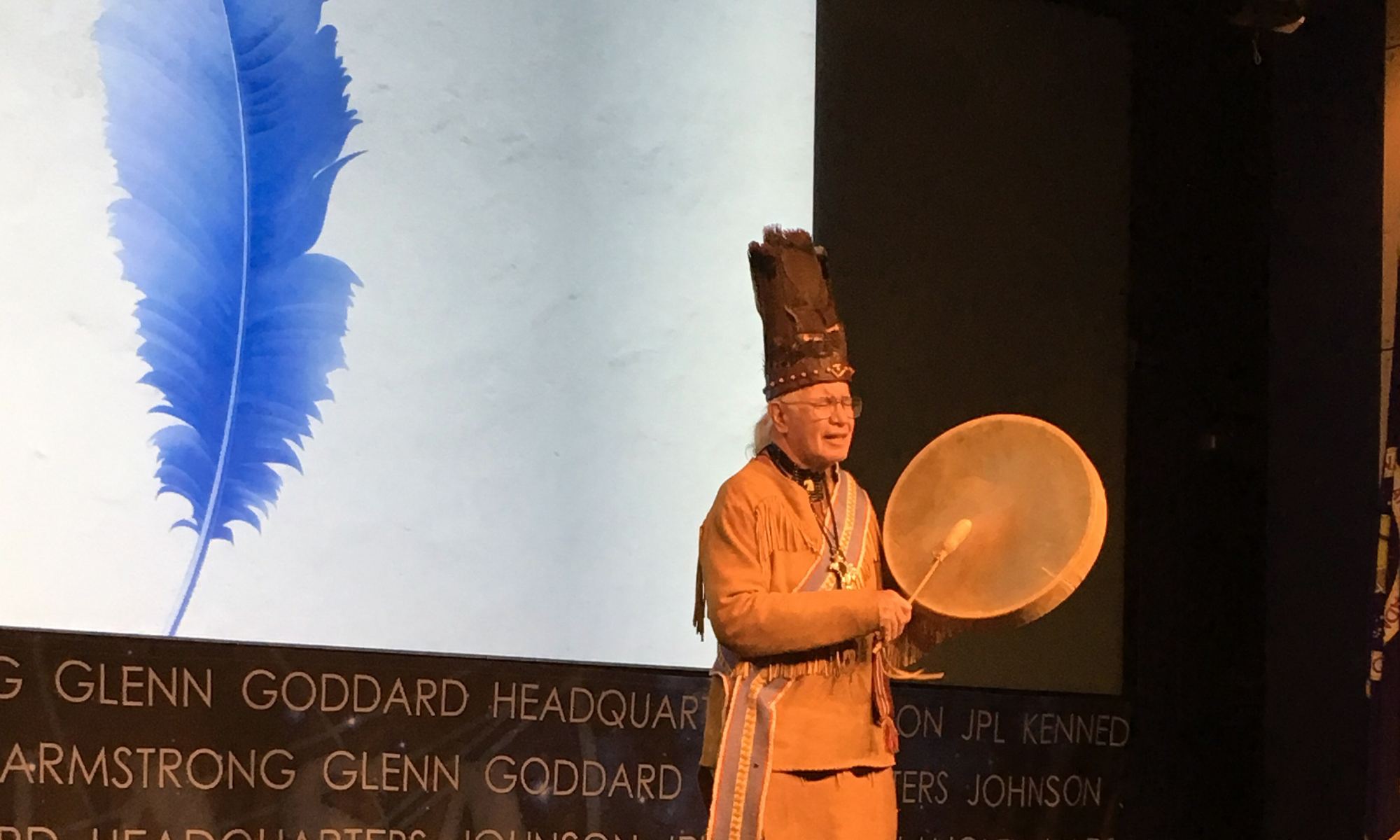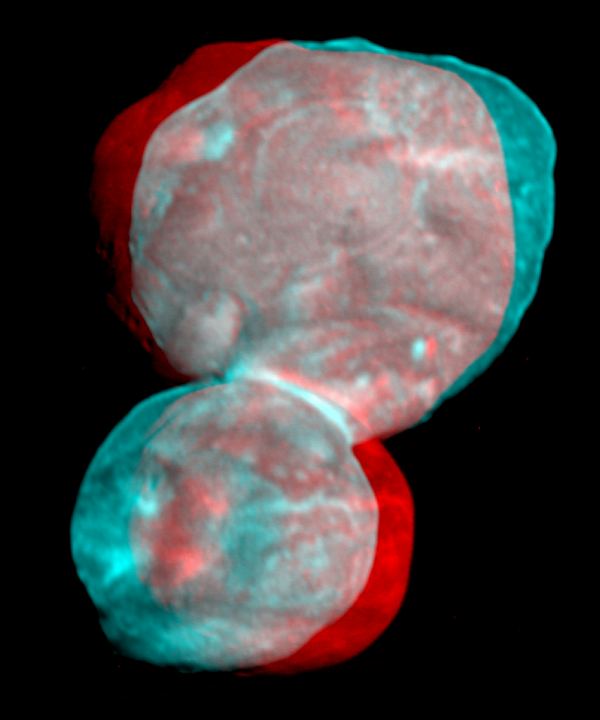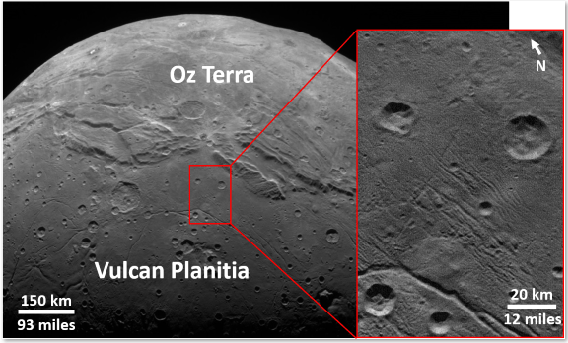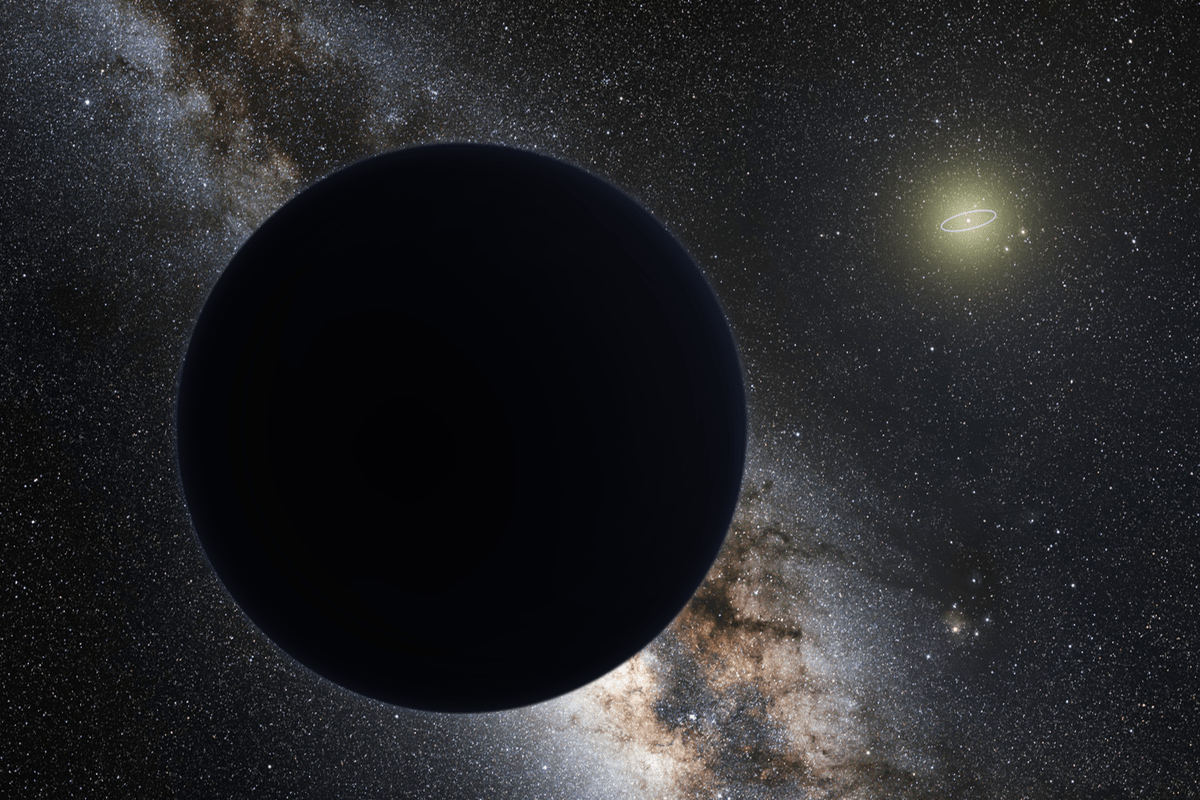The outer Solar System has been a treasure trove of discoveries in recent decades. Using ground-based telescopes, astronomers have identified eight large bodies since 2002 – Quouar, Sedna, Orcus, Haumea, Salacia, Eris, Makemake, and Gonggang. These discoveries led to the “Great Planet Debate” and the designation “dwarf planet,” an issue that remains contentious today. On December 21st, 2018, the New Horizons mission made history when it became the first spacecraft to rendezvous with a Kuiper Belt Object (KBO) named Arrokoth – the Powhatan/Algonquin word for “sky.”
Since 2006, the Subaru Telescope at the Mauna Kea Observatory in Hawaii has been observing the outer Solar System to search for other KBOs the New Horizons mission could study someday. In that time, these observations have led to the discovery of 263 KBOs within the traditionally accepted boundaries of the Kuiper Belt. However, in a recent study, an international team of astronomers identified 11 new KBOs beyond the edge of what was thought to be the outer boundary of the Kuiper Belt. This discovery has profound implications for our understanding of the structure and evolution of the Solar System.
Continue reading “More Bodies Discovered in the Outer Solar System”

